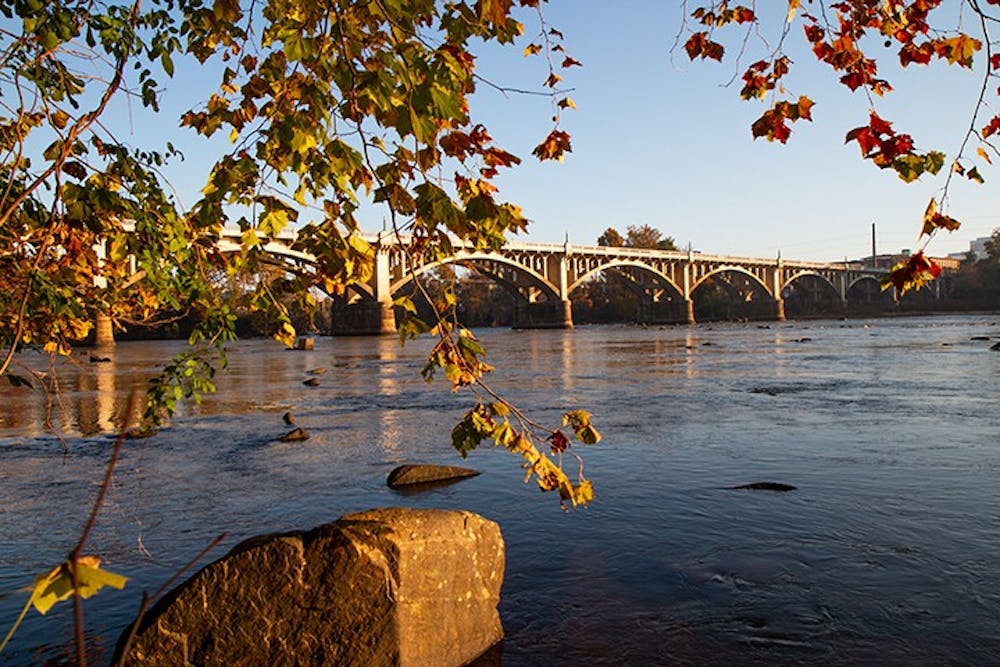Temperatures have risen above 100 degrees in Columbia and have left us to simmer in the heat. Despite the sun beating down on us, we shouldn't let that ruin our summer. It is important to be prepared and avoid the sun damage and heat illnesses that these new heat waves can bring us.
According to the CDC, there are many types of heat illnesses like heat cramps, in which the arms or legs cramp during heavy exercise in hot environments and heat exhaustion when your body overheats. Students can also suffer from heat stroke which occurs when the body cannot control its temperature and the body cannot cool down on its own.
We should be able to recognize the signs and symptoms of heat illnesses so that they can be treated immediately.
Dawn Emerson, a clinical assistant professor in the Arnold School of Public Health said that some symptoms you should look out for are dizziness, nauseous, headaches, rising body temperature and CNS dysfunction, such as acting abnormally or losing consciousness. These symptoms could mean that somebody is having a heat stroke.
Heat stroke is the most serious heat illness and requires immediate medical attention, according to Hopkins Medicine.
"If they start to feel nauseous or they start to get lightheaded, that is your body saying that it is getting overheated," Emerson said. "Listening to your body is really, really important.”
Susan Yeargin, an associate professor of athletic training in the department of exercise science, has done extensive research on exertional heat illnesses.
Some of the simple steps she mentioned to prevent getting any heat illnesses this summer, is to go out before 10 a.m. or after 5 p.m., even if it’s just to take a walk. Also, make sure to stay hydrated and wear short sleeves and shorts.
These steps can lessen the burden of the summer heat and allow you to carry on with your day.

Kirstin Dow, a professor in the department of geography, is the lead investigator of the Carolinas Integrated Sciences and Assessments. One of the organization’s missions is to prevent and spread awareness about heat illnesses.
“As you move around the city, it's clear there are many, many what we call microclimates," Dow said. "Where the temperature's hotter or cooler depending on whether there's lots of asphalt, or direct sun, or a good breeze or plenty of trees.”
One of the members of the organization helped develop a tool to forecast the wet bulb globe temperature, which measures the heat stress of the body based on these microclimates.
This tool helps understand if it is optimal to work out in a specific area during a specific time. It will be helpful for people wanting to be active this summer.
There are many places in Columbia that you can go to help cool you down. According to the wet bulb globe temperature, places such as Lake Murray and the Congaree National Park, are some cooler areas in Columbia. You can take walks and play in the water without having to worry much about the heat.
While being outside this summer, it is also important to protect your skin from any sun. Sun damage can cause many problems, such as burns, wrinkling or even cancer.
Dr. Anthony Alberg is a professor and the chair of epidemiology and biostatistics at the Arnold Public School of Health.
According to Dr. Alberg, some of the best ways you can protect your skin is wearing sun protective clothing, wearing sunglasses with UV protection and reapplying sunscreen 30 or higher SPF every two hours.
Although the sun is hitting us hard this year, we can still have fun while being protected. Knowing these facts and tips can help you have an eventful summer without the sun taking a toll on you.

